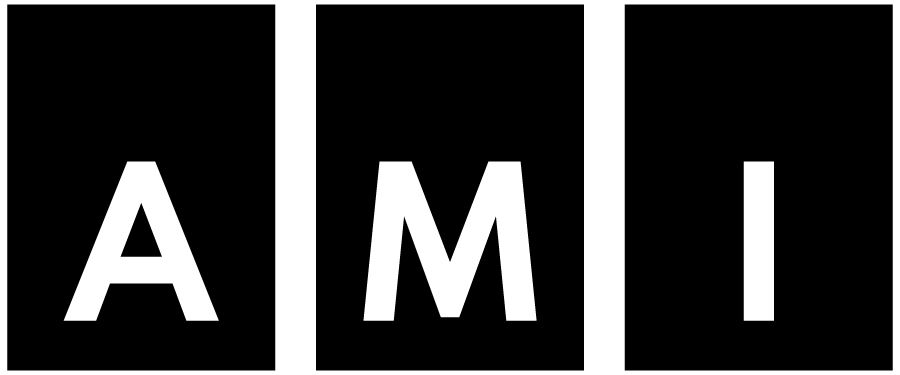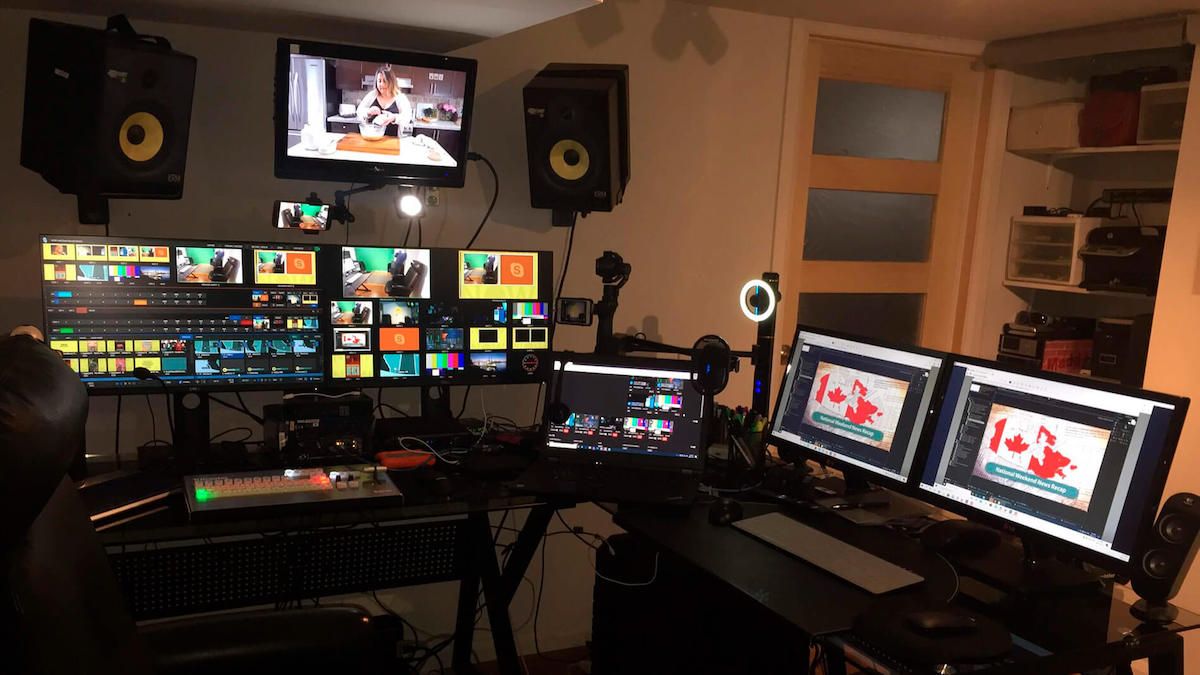Accessible Media Inc. (AMI) deploys VT for remote multi-camera production

Accessible Media Inc. is a Canadian not-for-profit media company that creates and broadcasts content for the benefit of blind or partially sighted audiences. Established in 1989, AMI runs channels in both English and French, and is a must carry service for all cable companies across the country.
Most media works are not accessible to AMI’s audience in their original form since they contain visual elements that are necessary to follow and enjoy the storyline. When AMI acquires content, such as that from the Canadian Broadcasting Corporation (CBC), it makes it accessible by adding narration to the audio mix – describing the key visual elements of a movie, documentary or television show. Usually placed during natural pauses in the audio, such narrations are referred to as described video (DV).
To produce more engaging original content, AMI has invented the concept of Integrated Described Video (IDV), a method of producing video content for blind and partially sighted audiences from the ground up. The identification of key visual elements – such as sound effects – is built into the script and is therefore incorporated into the pre-production, production and post-production phases, eliminating the need for traditional DV afterwards.

When the need came up to minimize the number of team members in its offices, AMI teamed up with Toronto-based media-centric solutions provider ROCKET, who selected Medialooks Video Transport to be the connecting layer in their new multi-camera remote video production workflow. The key job for Video Transport is to deliver raw camera feeds from NDI cameras in the studio to a TriCaster® Mini SDI located at the technical director’s home. The program feed is then delivered back via VT to the Video Control Room in Toronto, where it’s sent for playout on AMI-tv.
Kevin Sharpen, AMI:
We use Medialooks VT to connect our Main Studio cameras to the remote switcher. We also send video and audio between our two Toronto locations. We then send a video and audio mix to a third final location (Master Control) for live playout.
Despite the fact that video travels over the public Internet more than once, the production team is still extremely happy with latency:
Medialooks is incredible. Our technical producer has said a million times: Kevin, I have no latency. It's amazing.
Other production team members – the hosts, the production assistant and the director – are using the Medialooks VT web links for the low-latency preview of the program feed.

Donnie Gallant, ROCKET:
It was a pretty quick learning curve for everybody, which is really good. The web-based interface is really robust.
Kobu Selvarajah, ROCKET:
I like how easy it is to use. I like the latency when transporting over the Internet. And currently it’s just very difficult to come up with any other solution that can actually transport NDI over the Internet. I find the interface to be very intuitive and very user-friendly. I like being able to adjust the bit rate, and understand the use of GPU vs. CPU and to choose one or the other – because this can make or break the whole transport.
Once COVID rules are lifted and sports events – such as Canadian Blind Hockey – are back into production, AMI wants to use VT to deliver the program feed from the venue to the Video Control Room for recording or to the MCR for live playout.
